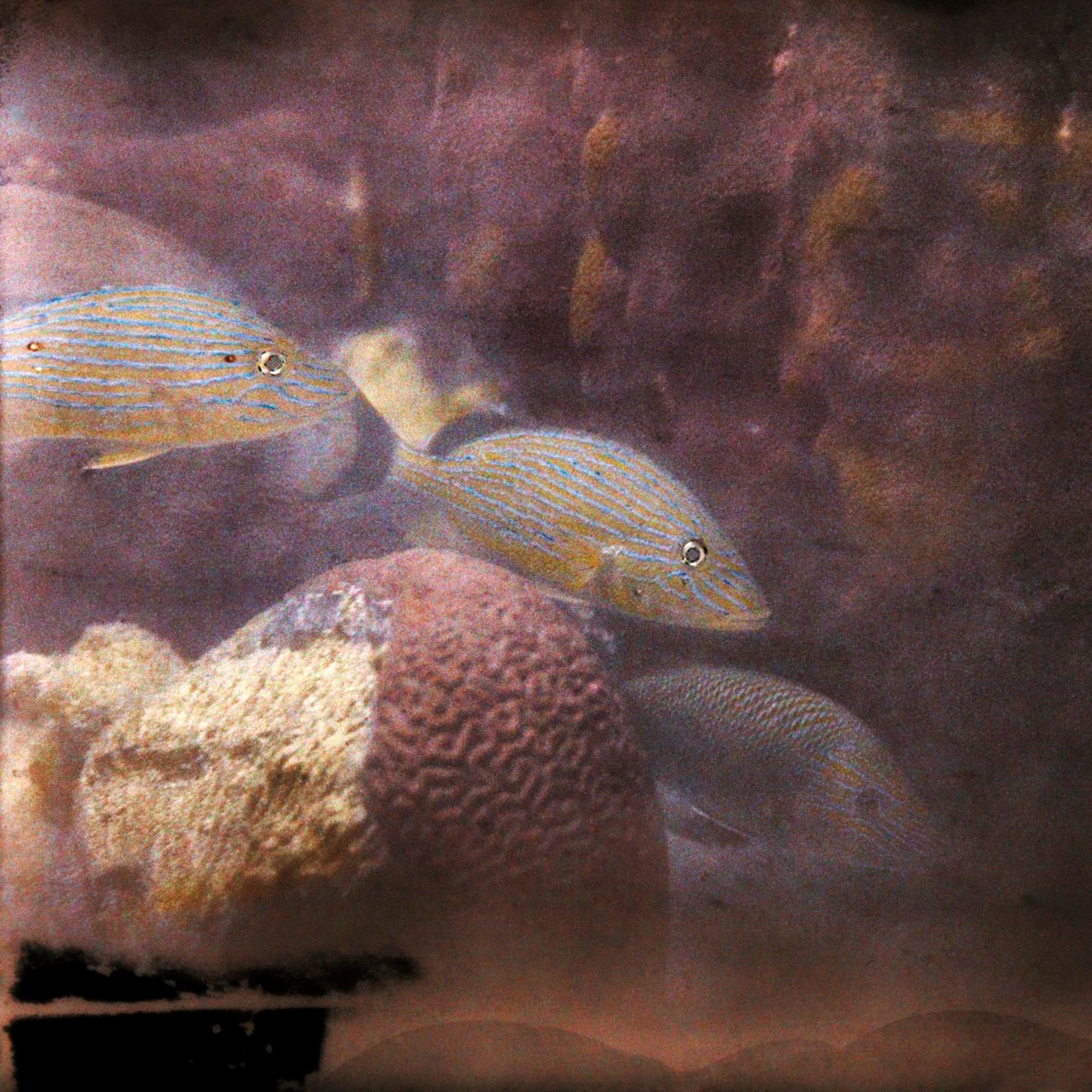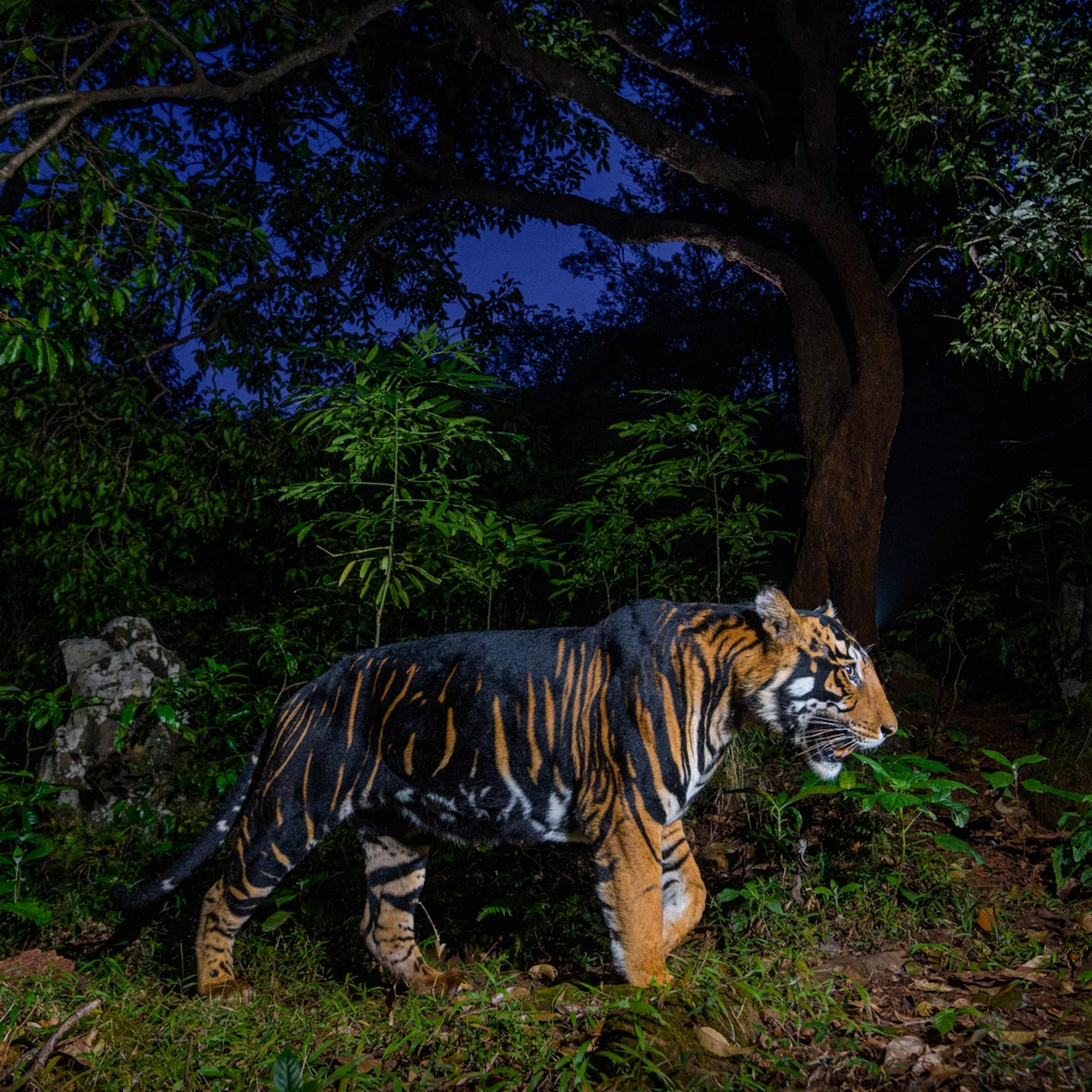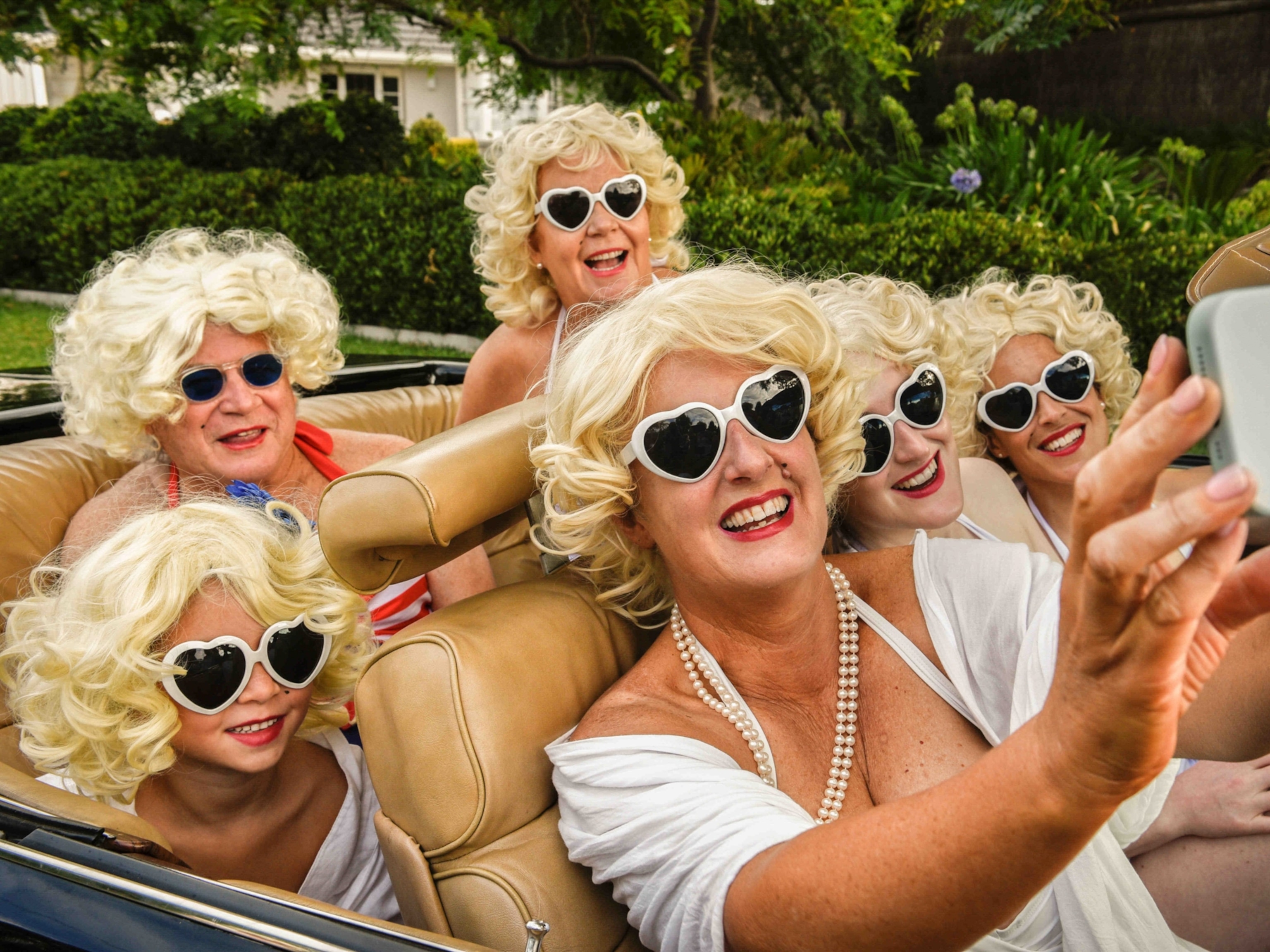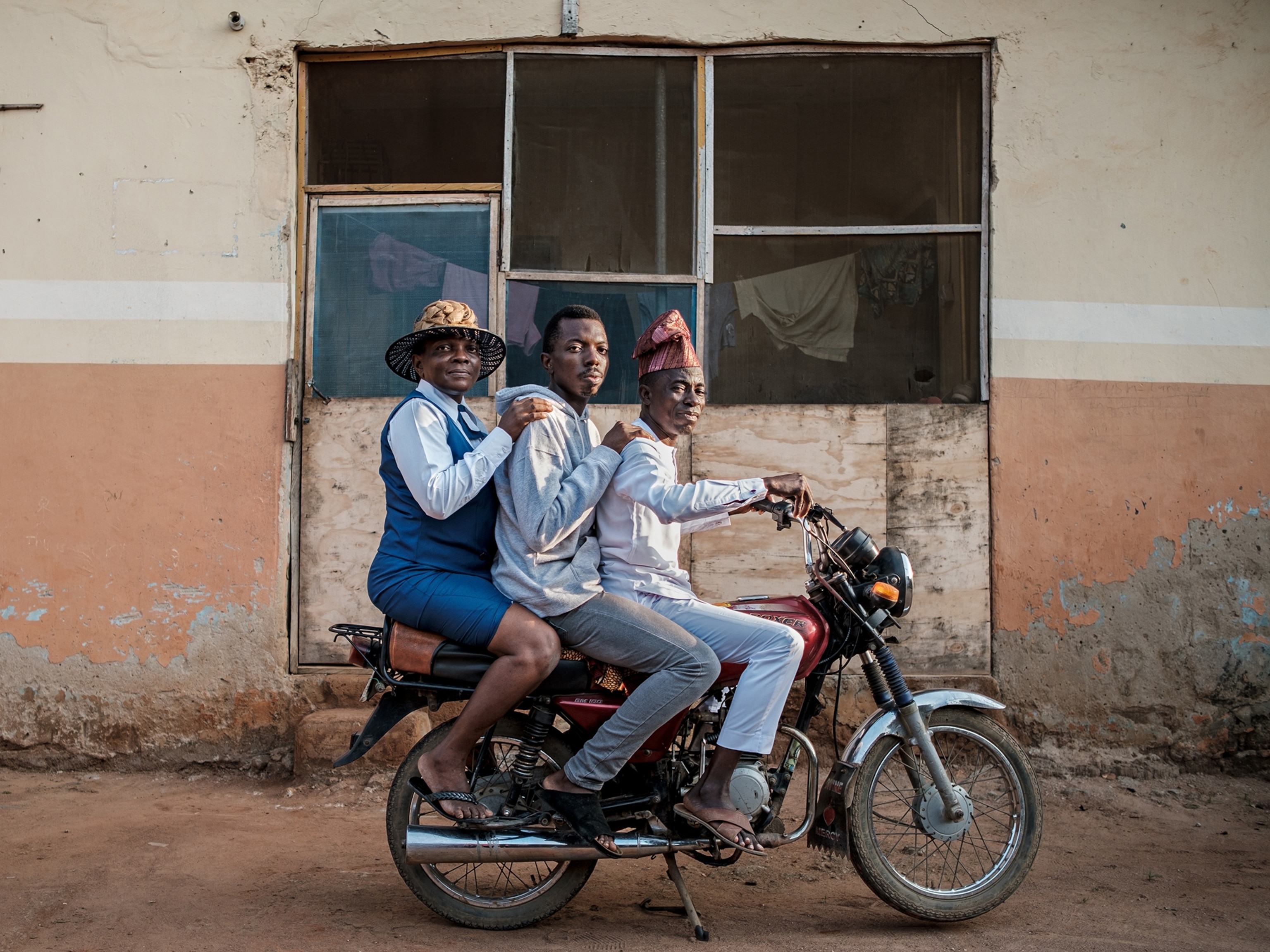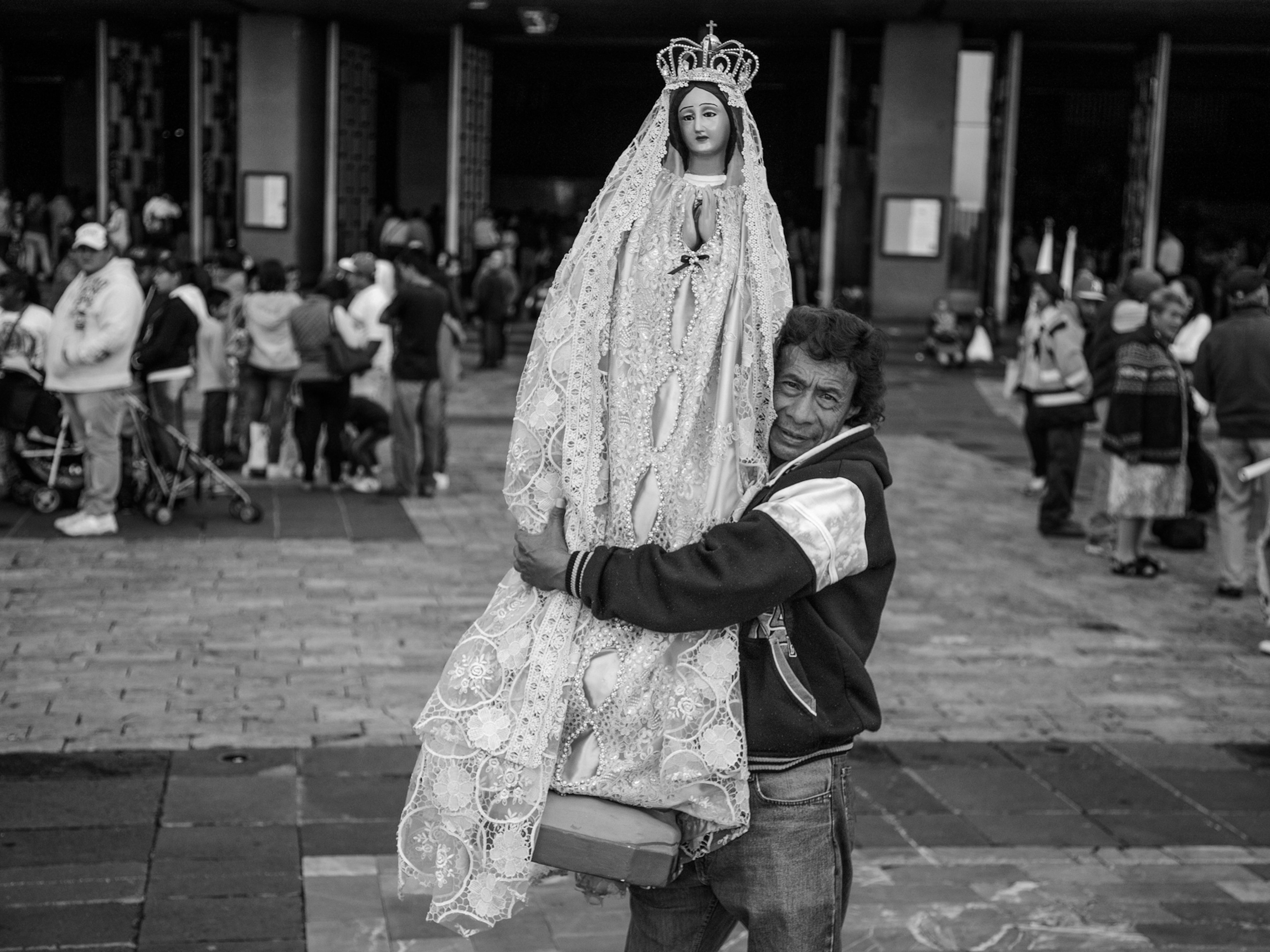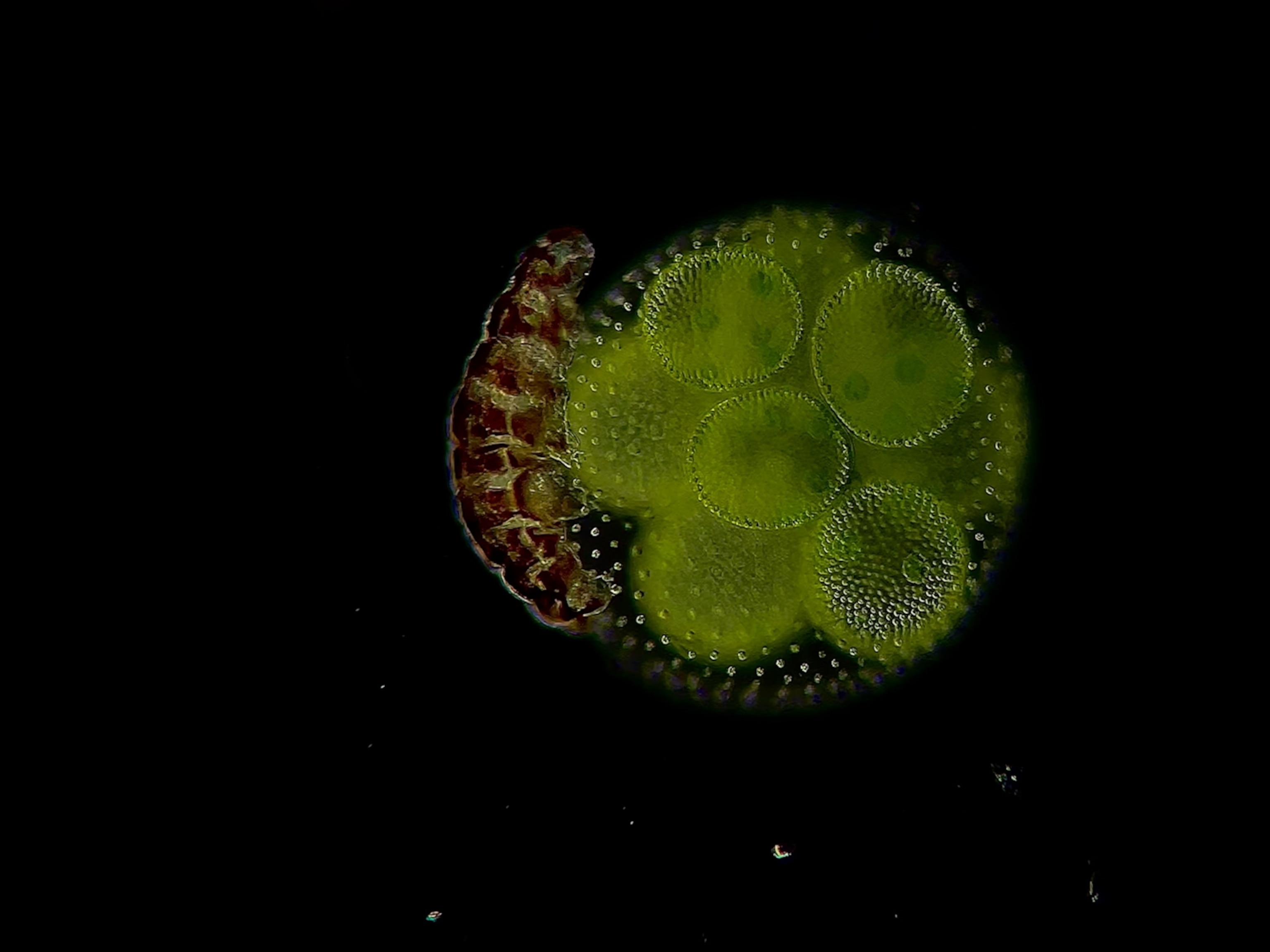Rescued Portraits Offer Rare Glimpse Into Apartheid-Era Life
Made during a period fraught with racial struggle in South Africa, S.J. “Kitty” Moodley’s studio portraits celebrate photography as a tool of self-representation.


The raw news photography of apartheid-era South Africa is seared into our collective memory. Signs declaring benches and beaches fit for “whites only,” animated crowds marching for their rights, the lifeless body of yet another young man killed by police—these images galvanized the international pressure needed to end apartheid after almost 50 years in 1994.
In stark contrast to these images are the studio portraits by South African photographer Singarum Jeevaruthnam Moodley. His pictures, dating from 1972 to 1984, offer a rare glimpse into the private lives and personalities of people living through apartheid. Until his death in 1987, Moodley, better known as Kitty, ran a popular photography studio in Pietermaritzburg that catered primarily to African, Indian, and “coloured,” or mixed race, clients. There, he took photos of families and identity card applicants. Migrant men sat for portraits to send back to their loved ones in the country. Women posed to inform their boyfriends that they were ready for marriage.
Their ease and self assuredness serve as a timely reminder that a person—and a nation—are defined by much more than their struggles.
In 2011, American sociologist Steven Dubin was entrusted with a box of discarded Moodley negatives and has spent the last five years sorting, researching, and exhibiting the work. I recently spoke with him about Moodley and the significance of his photography.
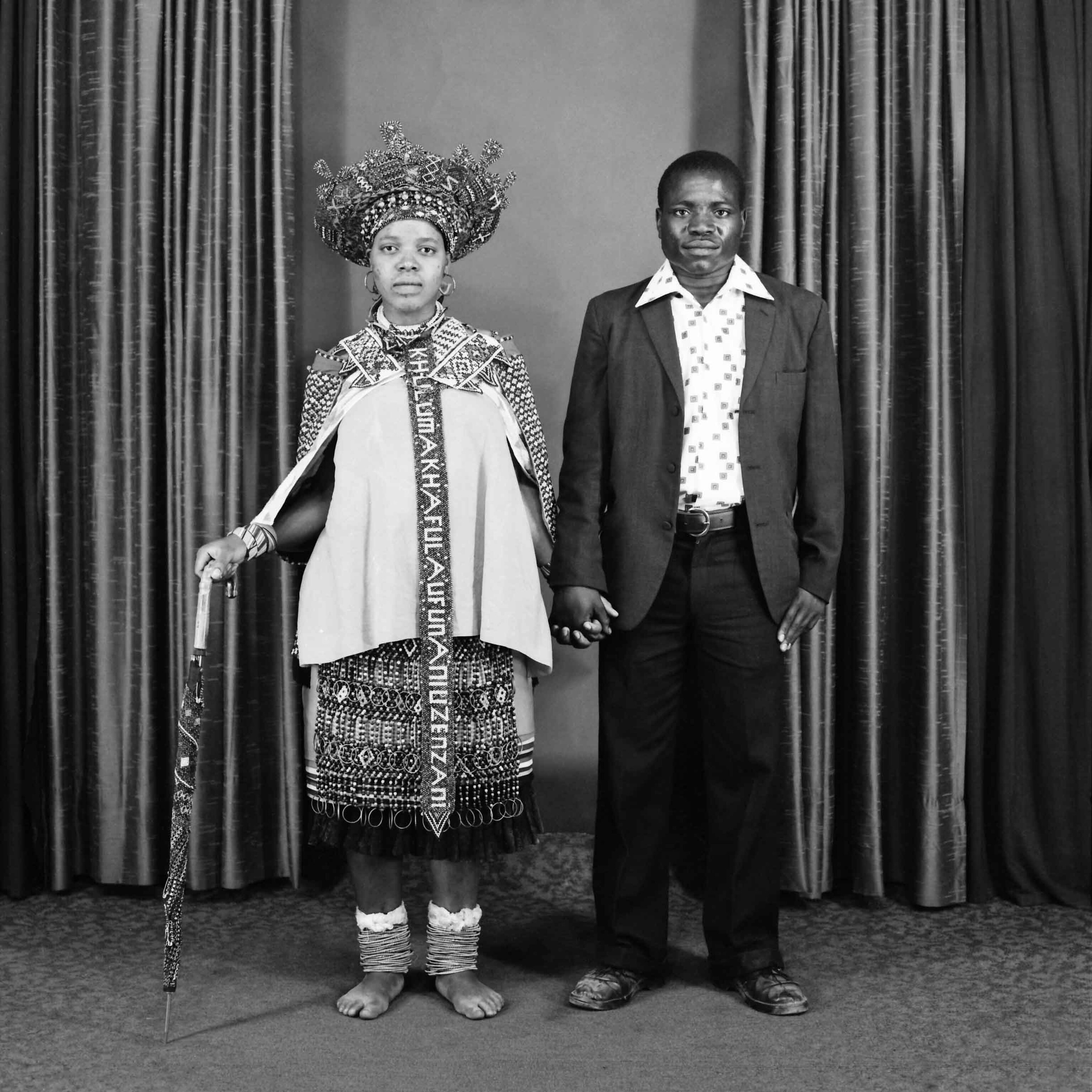
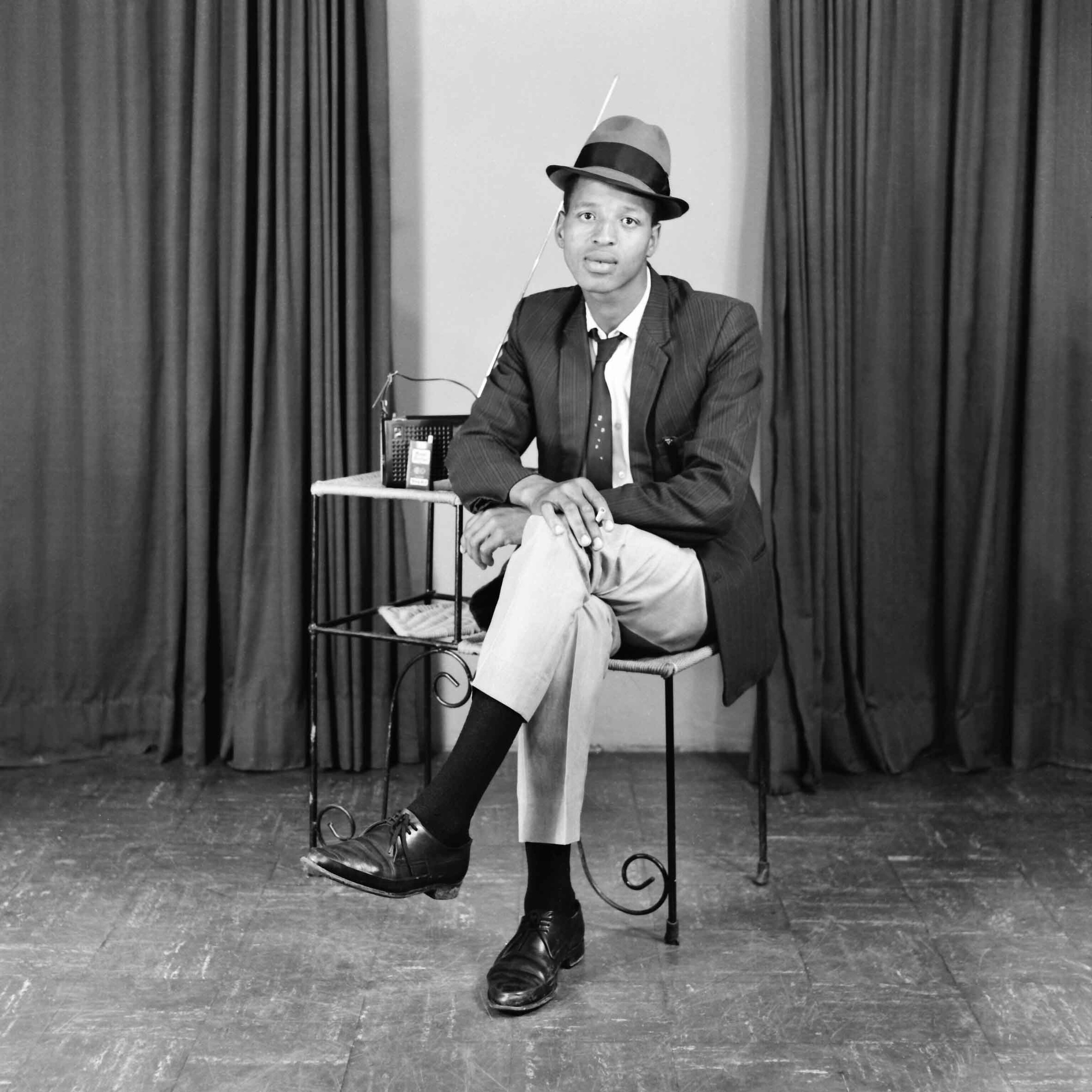
JENNIFER PRITHEEVA SAMUEL: Can you describe what makes these photographs special to you?
STEVEN DUBIN: I love that people are crossing lines and pushing boundaries. We're getting a different perspective on life in the “nonwhite community” during the struggle years. Even people very much involved in the struggle had a private home life, and so this is a glimpse into a reality which has not been known beyond those home communities before.
It's a counter-narrative. It's a different story about those years than the news stories we've usually seen. These people go back and forth with apparent ease between the countryside and the city, between contemporary and traditional dress, and in the case of [one] woman, even challenging and pushing beyond gender boundaries.
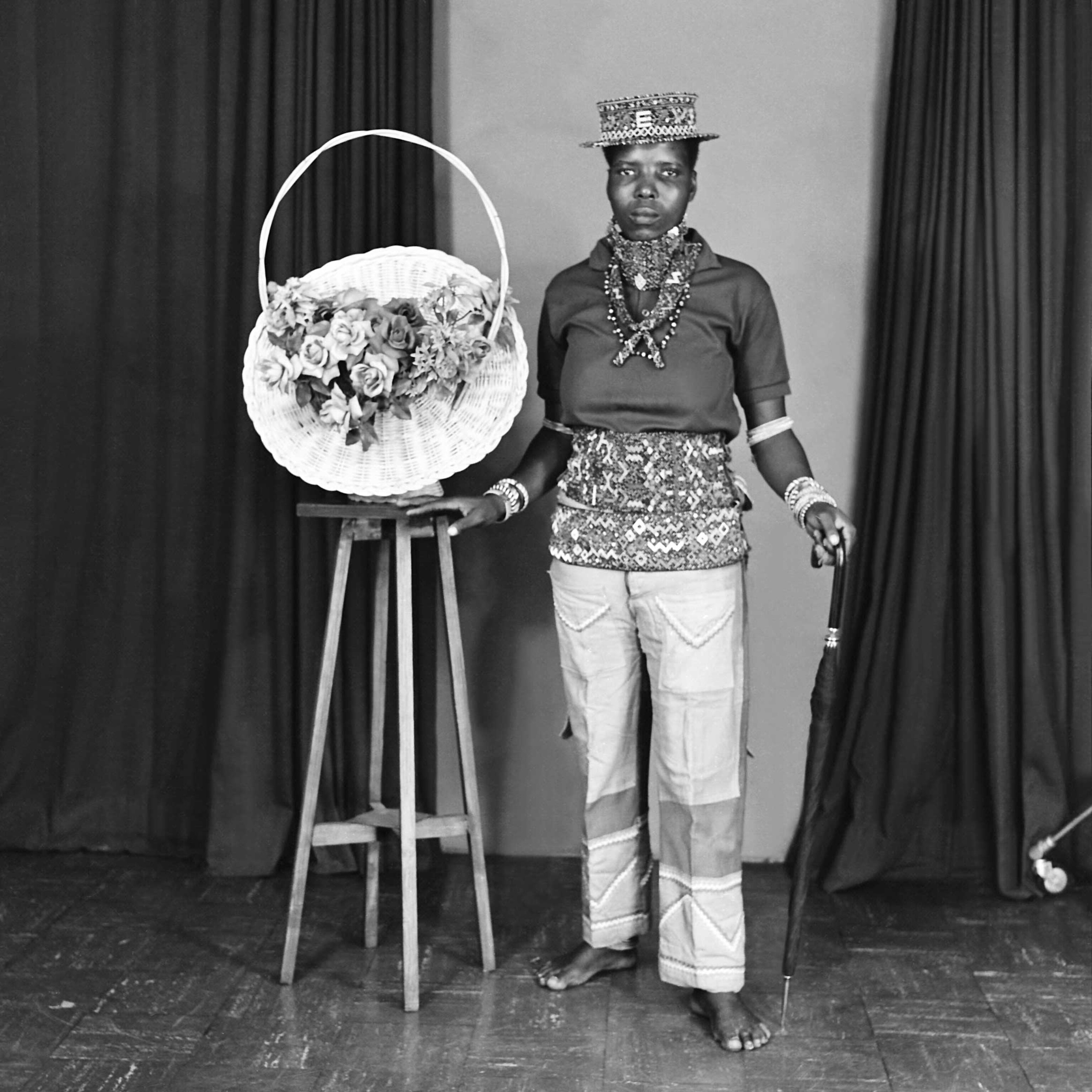
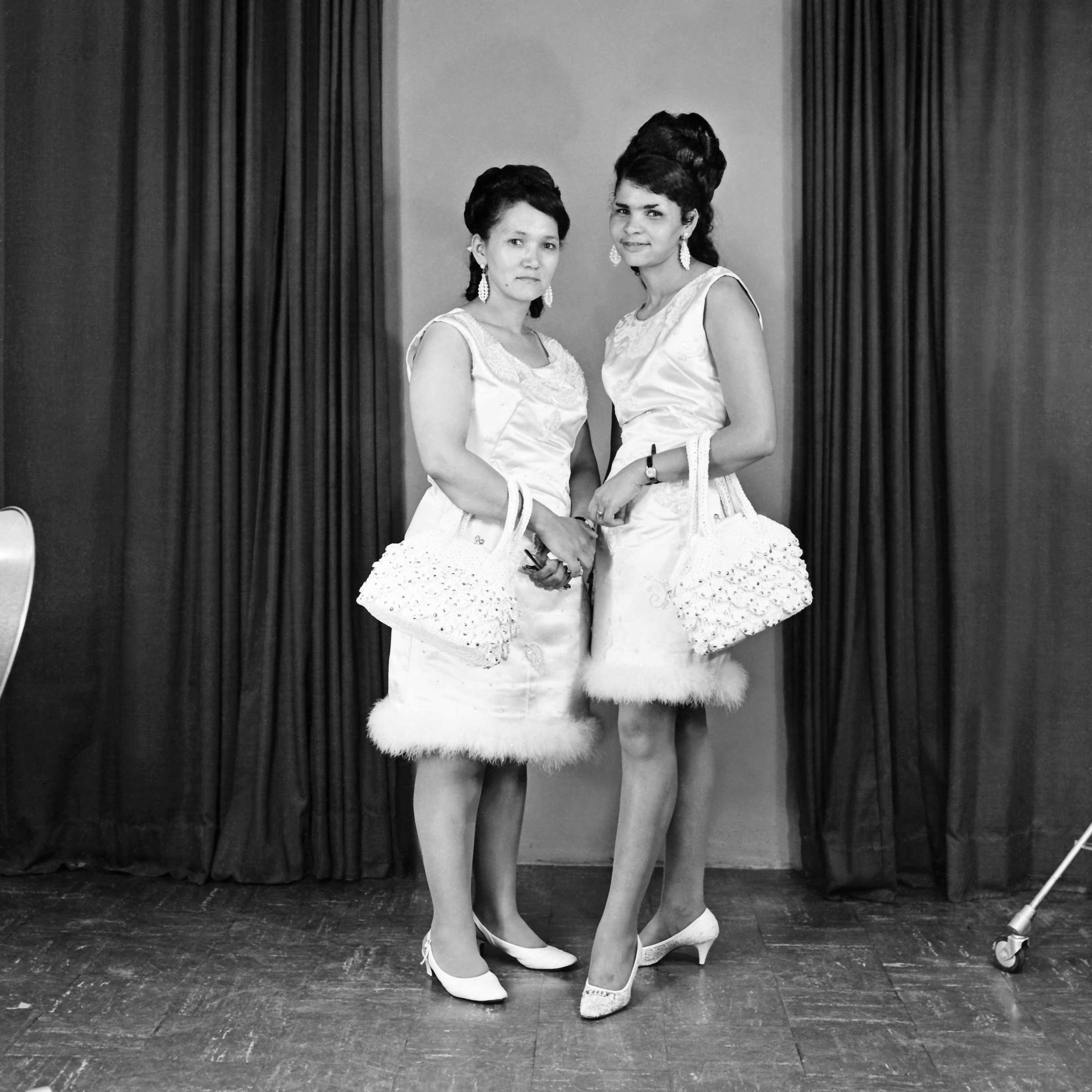
JENNIFER: How did you find Kitty’s images?
STEVEN: In 2011, I was staying with friends. Their daughter, Mary, noticed I had bought a stack of photos in Cape Town, and she said, "You know, I've got this box of negatives. I should just give them to you." She had had them for 15 or 20 years, and fortunately, insects and water had not gotten in there. I started holding [the negatives] up and I was just totally gobsmacked.
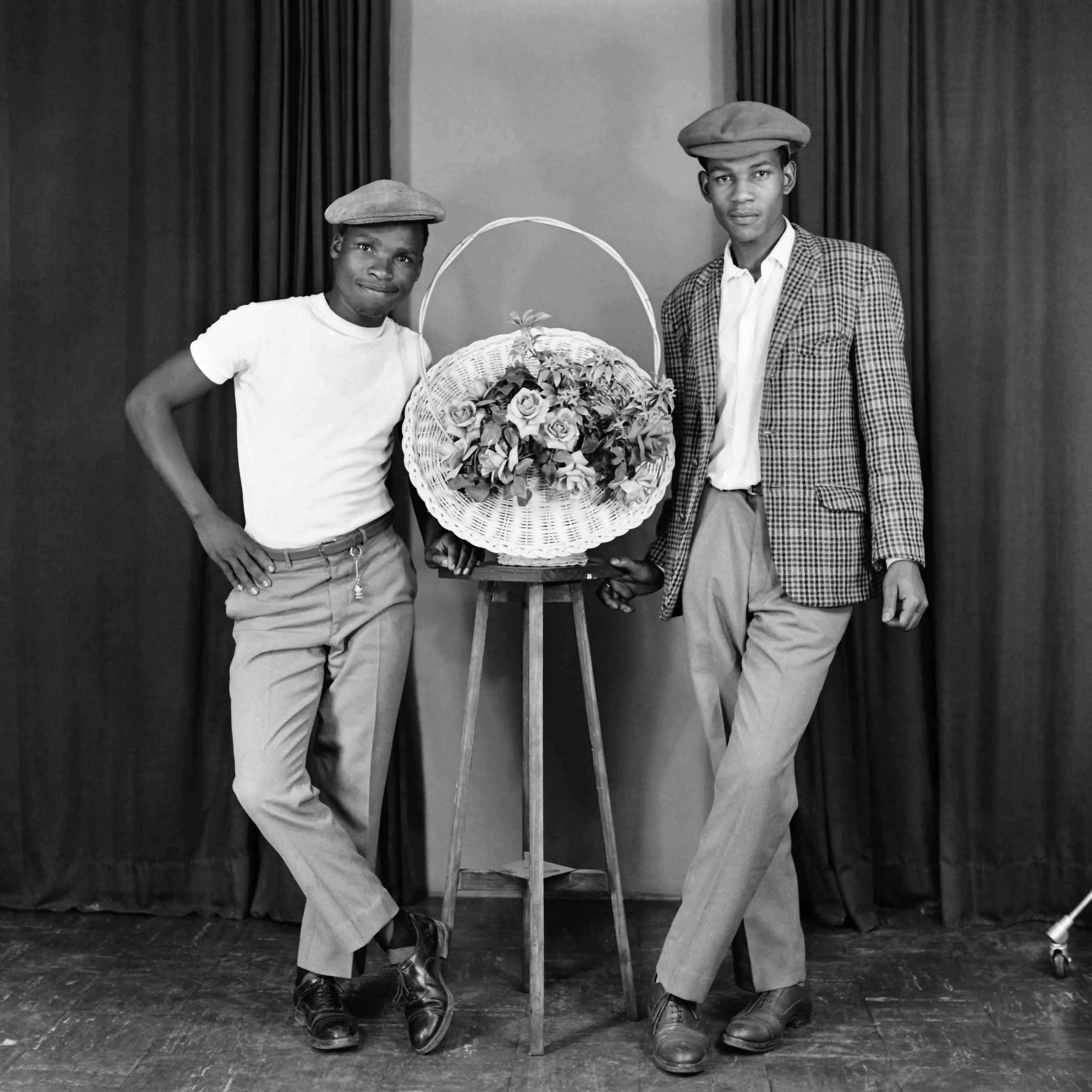
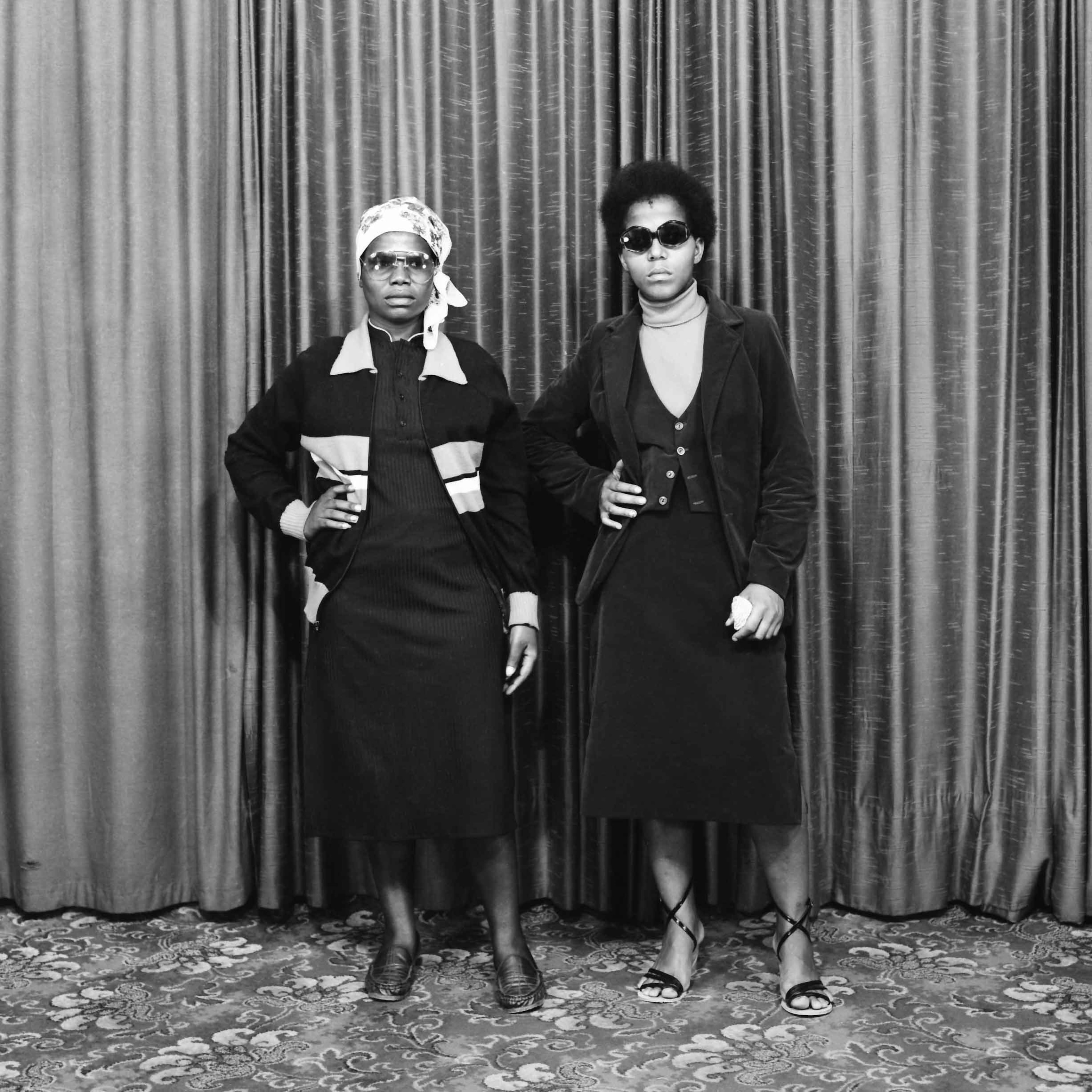
The first thing Mary said when she gave these to me was, "Please do not do anything that would disrespect these people," and I said, "Mary, you know me. I wouldn't do that."
I have an ethical dilemma with this because these were private pictures, and these are now being made public. I've learned that the people who are most against me showing these are the people who are most removed from the experience. In other words, white liberals get upset about these photographs, but no Indians or Africans have gotten upset at all. In fact, they are thrilled to see their histories being shown. It’s [a dilemma that] can't be easily settled, and it's deeper because I'm a white man. I'm not a South African.
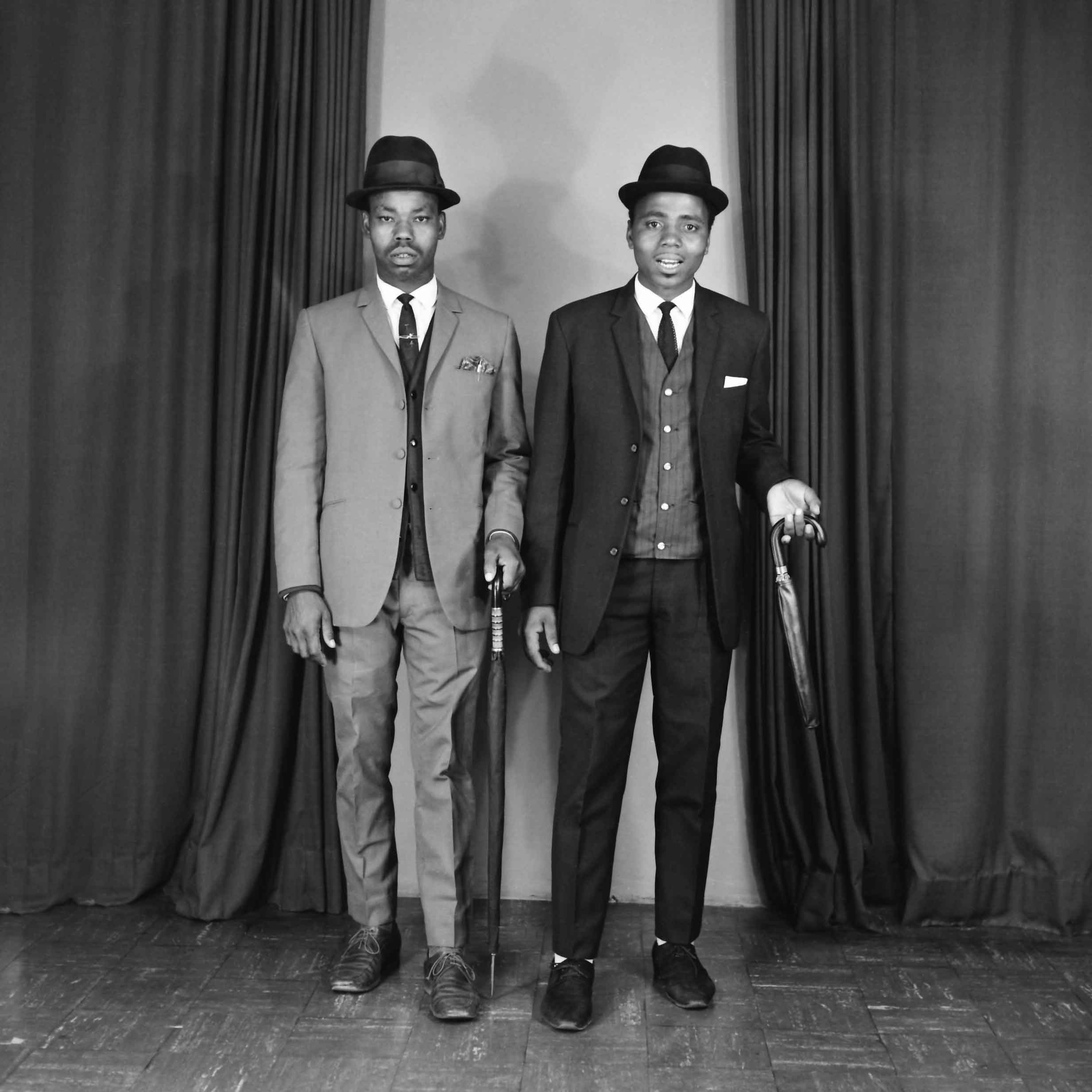
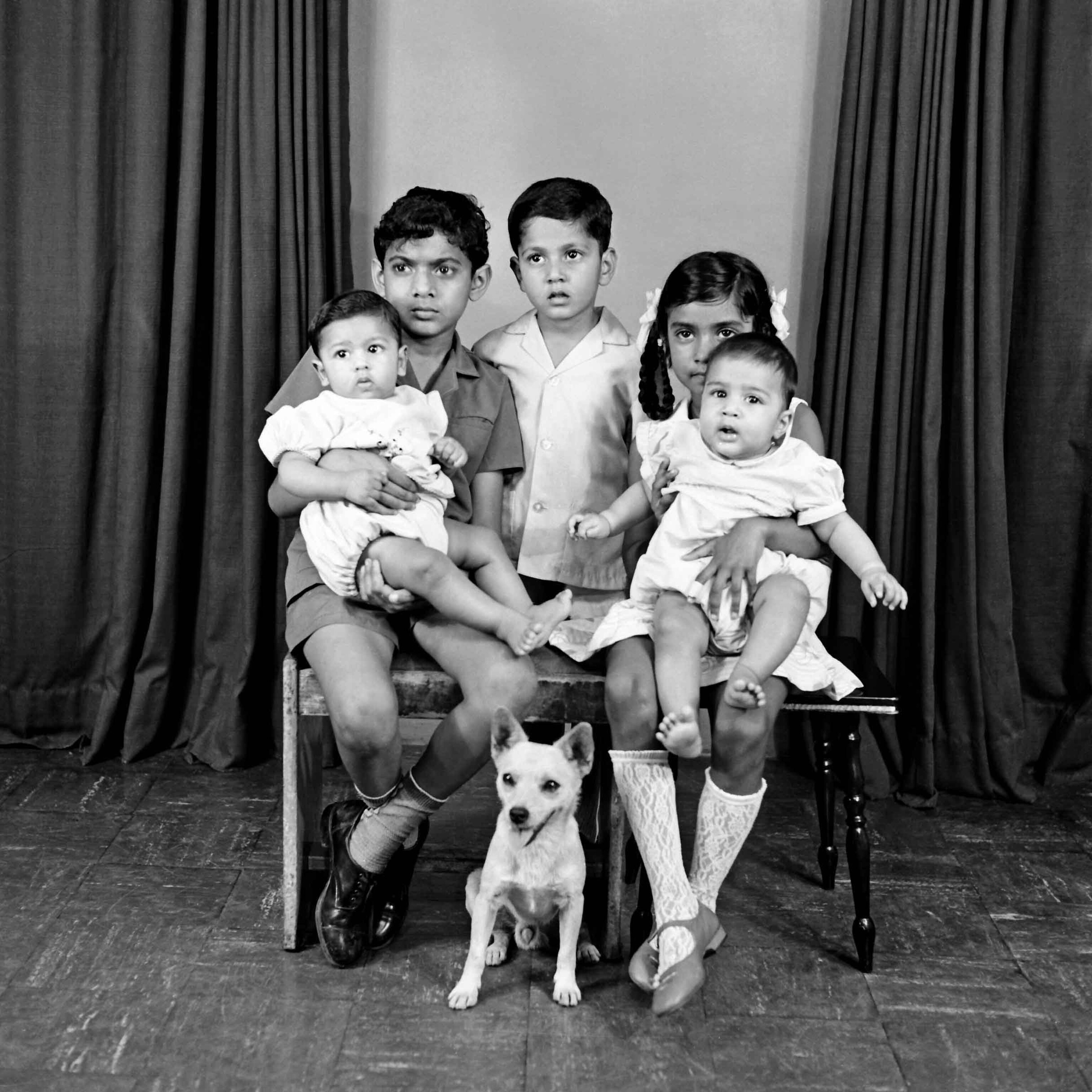
JENNIFER: Tell me about Kitty. I know he was very political and he was a South African photographer of Indian descent.
STEVEN: Kitty’s grandfather had come over as an indentured worker from South India. Moodley is like Smith or Jones in America. It's one of the most common [last] names, but I found his family within ten days. Everyone knew Kitty, and everyone went there to have their photos taken for generations.
For an Indian man, [photography] was a great profession because you didn't need much capital. Kitty taught himself. He didn't need credentials, and it was always a family-run business. Everyone in the family spoke [the local language] isiZulu, so they spoke fluently with the clients. It was a multiracial and multicultural environment. This was the safe zone where the outside [world] didn't intrude very much. He was under the government radar because he was an independent businessman.
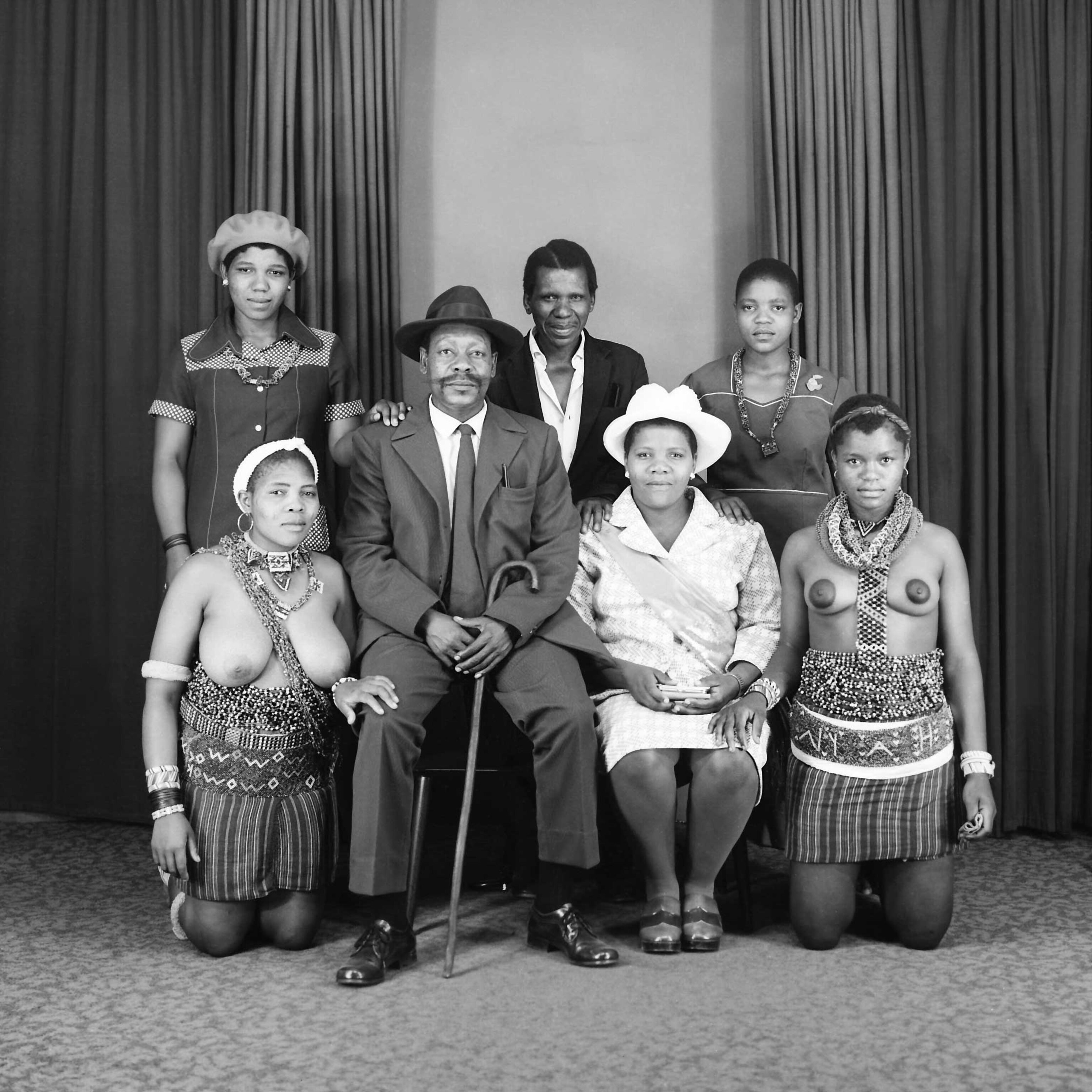
JENNIFER: Do you believe that Kitty’s portraits were a deliberate act of political transgression?
STEVEN: I don't think it was deliberately political. I think people were determined to lead lives which were different from what the larger society would allow them to, and Kitty created this place where they could do that. Even if it was for a brief moment, they could show their nice clothes. They could be aspirational. They could have a sense of dignity.
This was just a really wonderful moment outside of the racial oppression and the kind of economic oppression these people were feeling all the time. You couldn't stamp out every bit of life, every piece of imagination. These people, they were struggling in the political sense, but they continued to struggle as individuals—and they made lives for themselves.
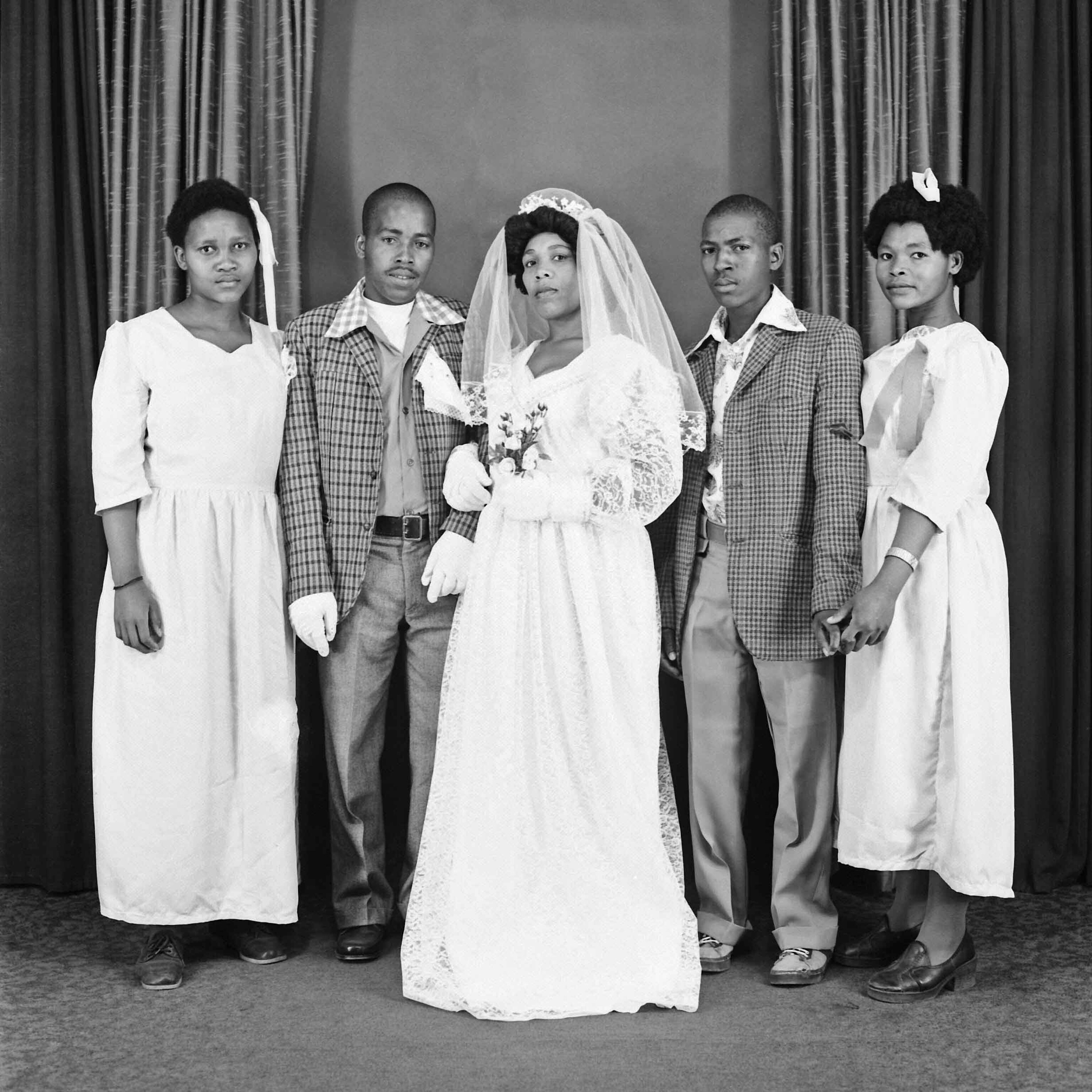
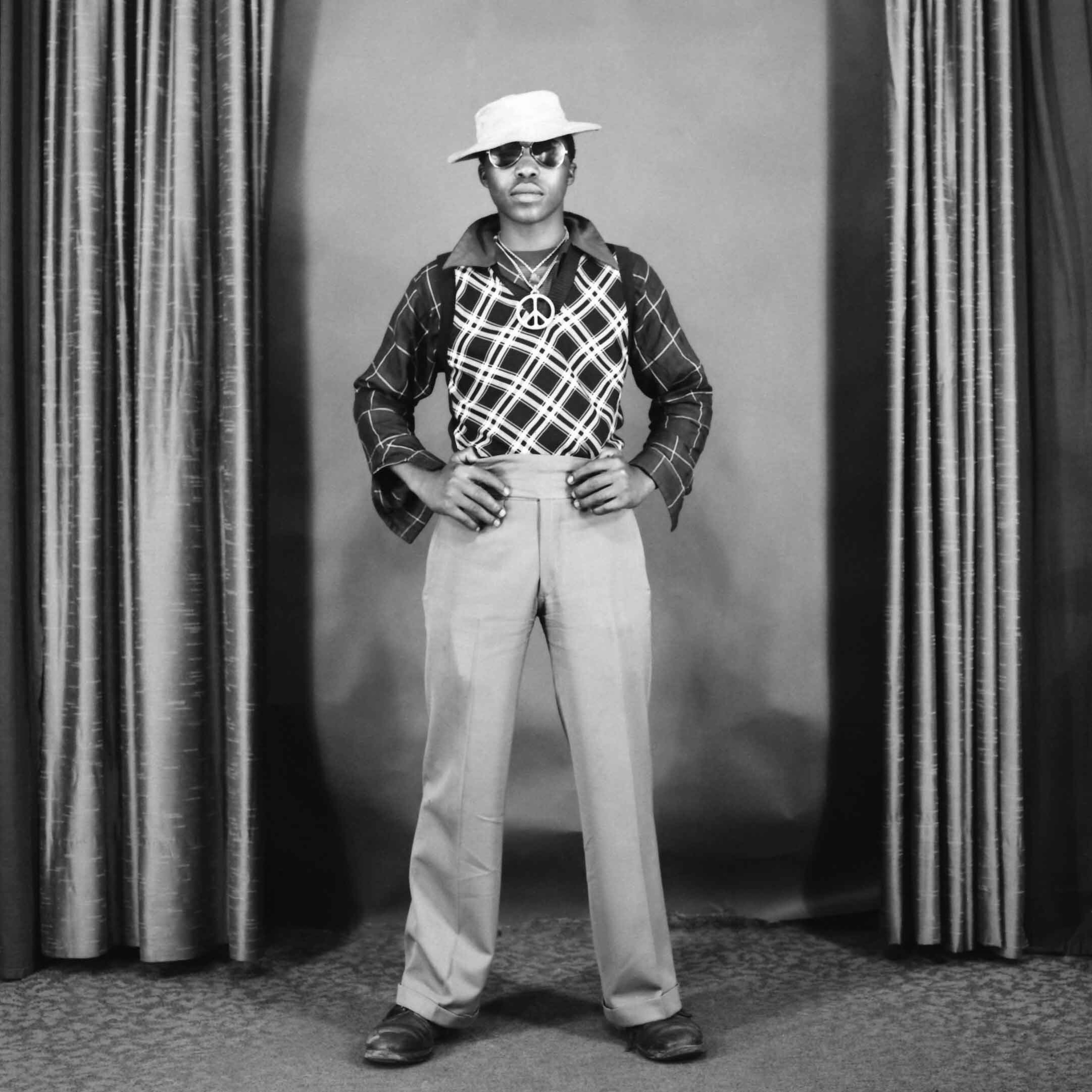
An exhibition of S.J. “Kitty” Moodley’s photographs, “Who I Am,” is currently on view for the first time outside of South Africa until September 3, 2016, at The Walther Collection Project Space in New York.
Dr. Steven Dubin is professor of arts administration and a research affiliate of the Institute of African Studies at Columbia University in New York and an honorary professor at the Centre for the Study of the Creative Arts in Africa, University of the Witwatersrand, Johannesburg. He has been researching censorship, controversial art, museums, and South African culture and politics for the past 40 years.
Jennifer Pritheeva Samuel is an associate photo editor for National Geographic. Follow her on Twitter and Instagram.

